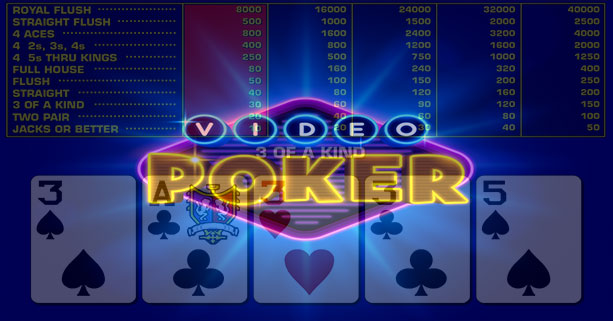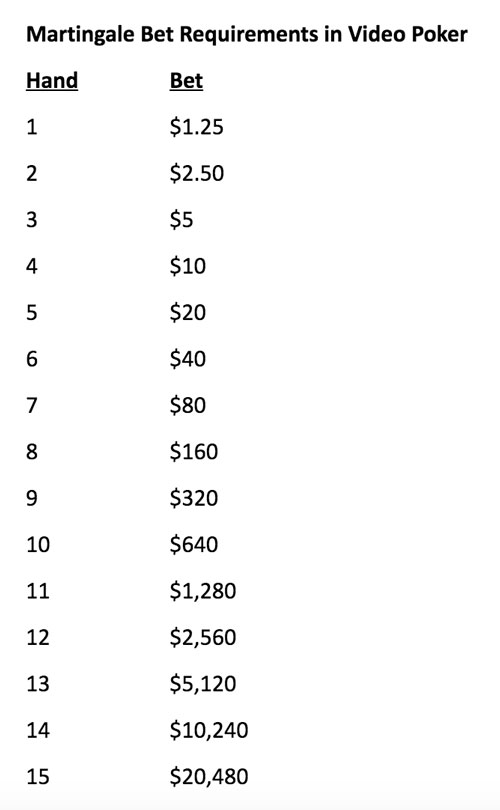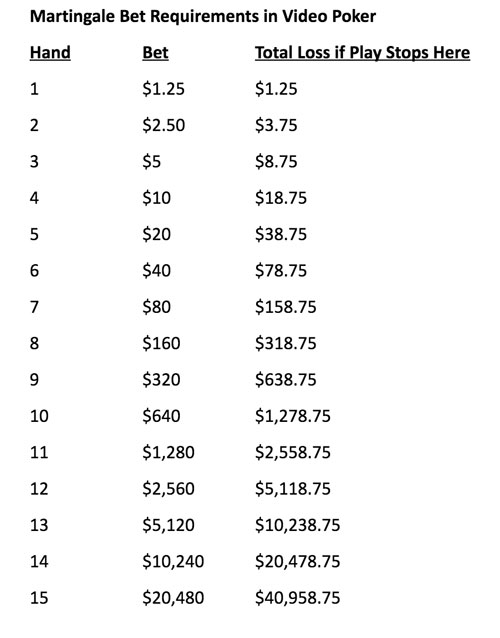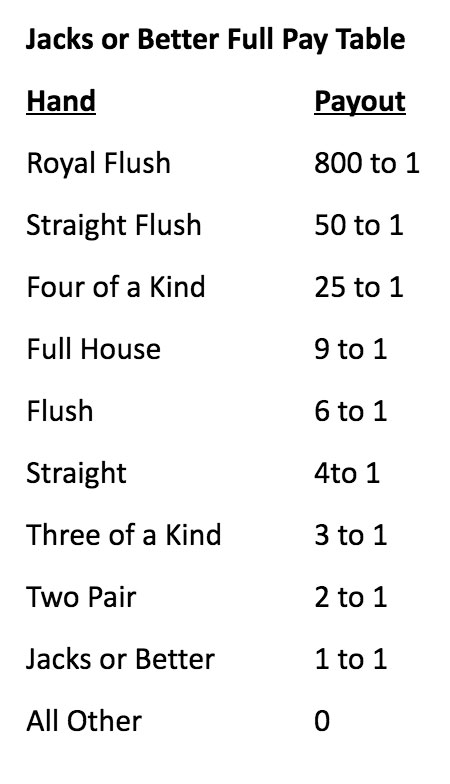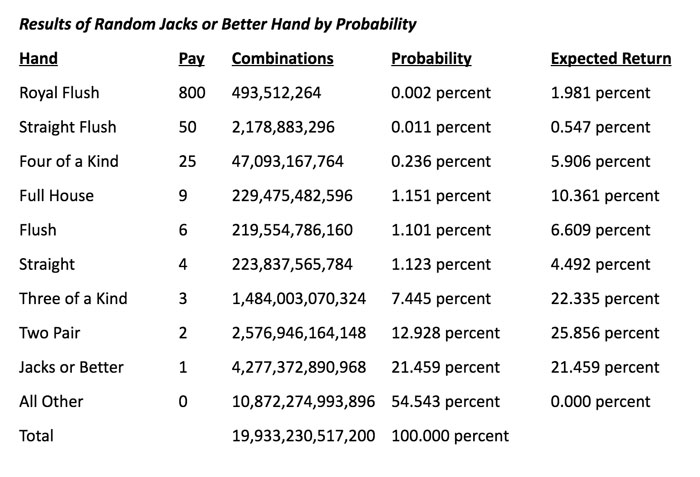If you’ve ever found yourself sitting up late at night, searching for a surefire system capable of crushing the casinos, chances are you’ve stumbled upon the Martingale system one way or another.
The Martingale progression betting system traces its origins to 1654, when French mathematicians Blaise Pascal and Pierre de Fermat began a lengthy correspondence aimed at solving a vexing problem of the day – how to beat the roulette wheel. At the time, gambling on roulette was a common pastime in France, both among the wealthy aristocracy and the poorer peasantry alike.
And of course, whenever people risk their hard-earned money on a game of chance, the human mind inevitably challenges itself to “solve” the dilemma of random variance.
Their so-called Martingale system was elegantly simple in its design. Beginning with a base wager – we’ll use $1 to suit modern tastes – the bettor need only double their risk after any loss. Should they win on the first play, the session ends and another begins in earnest. But when that first bet winds up a loser, the Martingale devotee does nothing more than put a wager of $2 up in its place.
On the second spin, this bettor can secure a $1 profit with a win ($2 return – $1 in previous losses = $1 profit). And if lady luck isn’t looking their way just yet, Martingale theory calls for another doubled wager, this time upping the ante to $4. Once again, a win on the next spin produces a $1 profit ($4 return – $3 in previous losses = $1 profit).
The beauty of this Martingale approach to betting, at first glance anyway, is that it’s guaranteed to work. So long as the player can continue doubling their bet, even a string of 20 losses can be overcome with a win on spin #21 to squeeze out that $1 uptick.
However you came to learn about the Martingale system though, you’re probably considering a plan of attack during your next gambling adventure based on progression betting. But while the Martingale and its ilk are suited specifically for even money wagers like those found in roulette, blackjack, baccarat, and craps, what about games like video poker that involve an escalating pay table?
Well, if you’re wondering about the Martingale system’s potential for video poker – which we’ll boil down to the base game of Jacks or Better going forward for the sake of clarity – you’ve come to the right place. This page was written with one objective in mind – determining whether or not the Martingale betting pattern works when you play video poker.
You’ll learn about a few reasons that make the Martingale incompatible with video poker, before moving on to methods that can adapt the system to your favorite five-card draw game.
But before diving into those details, take a moment to ponder the quote below, written in 1829 by French author Honore de Balzac on how the Martingale can affect gamblers of any generation:
Martingale Betting Only Works When You Have an Infinite Bankroll
To begin this tutorial on the Martingale progression betting system and its relevance to video poker, take a good look at the table below:
This table illustrates the wagers you’d need to place after consecutive losses (while playing $0.25 Jacks or Better for the maximum of $1.25 per hand).
As you can see, the early stages of the progression aren’t too bad. You might lose $1.25 on your first play, and another $2.50 on the next hand, but betting just $5 on a third hand gives you a chance to collect that $1.25 profit.
All in, you’re risk stands at only $8.75 to this point, which isn’t much for a player bankrolled for $1.25 per hand video poker games.
But if you haven’t broken through for a win by this point, the required risks can begin climbing in a hurry. You’d need to bet $10 on the fourth hand, $20 on a fifth hand, $40 on a sixth hand, and so on up the ladder – all just to eke out a measly $1.25 in winnings.
If you do experience a lengthy losing streak like this, the total monetary losses incurred over that span can easily balloon.
Check out the same table for a second time, complete with your total losses should you happen to stop the session on a losing streak:
That’s right, it only takes seven losses in a row for your total expenditure to pass the $150 plateau. And if you get to 10 straight winless hands, you’re now in hawk to the game for more than $1,270.
By this point you might be wondering, “why would I stop betting if the Martingale system calls for continued doubles until a win?”
And while that’s a good question, the answer lies in plain old common sense. The only way to put the theory of Martingale betting into practice is by bringing a large enough bankroll to survive extended losing streaks. The table above shows you exactly how much you’d need too, so pay close attention to how those numbers seem to multiple exponentially, even in a relatively short duration like 10 hands.
But what happens when the losing streak extends by a mere two more hands? Well, you’d better have an ATM card handy, as a 12th spin to survive 11 straight losses requires $2,560 in spending cash. Reach 14 straight losses, and you’ll be paying the price of a new car just to chase a$1.25 profit.
And therein lies the rub with Martingale betting systems – they’re theoretical by design. When Pascal and Fermat were studying the underlying math behind Martingale betting, they weren’t actually rolling dice or spinning the wheel, they were simply scribbling notes and navigating the mathematical mazes of their minds.
In that fashion, a 15th bet of more than $20,000 doesn’t matter a lick, because they’re not really referring to money in the first place, just numbers on a page.
But for a genuine gambler putting their own bottom line at risk, there’s no theory involved. Gambling is a reality, and the reality of gambling is that every game spread by the house – video poker included – offers players a negative expected return. In other words, you’ll always lose over the infinite long run.
And not coincidentally, the infinite long run is exactly what Martingale bettors need to really see the system through. That, and an infinite bankroll of course…
Take it from Frank Scoblete, a legendary gambling industry expert who studies the mathematical foundations underpinning casino games. Here’s what Scoblete wrote about the Martingale approach when a reader asked him whether the system was truly viable:
A younger Scoblete, like so many gamblers before him, thought he had stumbled across a guaranteed method of beating the house.
But like all of those other gamblers, he soon ran smack dab into the scourge of variance. Even though losing seven spins of roulette, or seven hands of video poker for that matter, may sound like an incredible longshot, losing streaks of that length will inevitably occur.
Take it from the New Orleans Saints professional football team. Back in 2011, the Saints lost the opening coin flip before their first 11 games of the season.
Using a bit of napkin math – coupled with a targeted Google search – I can tell you that losing 11 straight 50/50 coin flips is a 2,048 to 1 shot. Expressed in percentage terms, that comes to .0488 percent, or four-tenths of 1 percent.
Sure, those aren’t great odds, and you won’t see many 11-hand losing streaks in your lifetime… but when you do as a Martingale bettor, the financial damage can be truly catastrophic.
Video Poker Machines Aren’t Equipped for Doubling Wagers
Circling back to Scoblete’s warning for a moment, let’s think about how his Martingale run at roulette came to an end.
According to his tale, he was prepared to fire an eighth bet at the game, but the table limits wouldn’t allow him to wager at that level.
Obviously, Martingale betting systems call for unlimited doubling until a win is achieved – there’s that theoretical versus reality divide again – so Scoblete’s problem is quite common. Most table games institute maximum wagers to protect the house from devastating losses should a gambler get lucky on a one-off wager.
After an initial loss, you wouldn’t even be able to bet the $2.50 required within the Martingale construct on a second hand. To follow through on the system, you’d have to get up and find a less common $0.50 machine on which you can wager $2.50 per hand.
The next step up on the betting scale for video poker machines is the $1 game, which tops out at $5 per hand for max bettors. And moving up the ladder to the highest denomination machines, $100 game players are putting $500 at risk on every hand.
That’s a pretty penny, no doubt about it, but by consulting those tables from earlier, you can see an immediate issue. After losing nine straight hands, Martingale progressions require a wager of $640 to cover previous losses and guarantee a $1.25 profit on a win.
The only problem is, you can’t bet more than $500 on a hand of video poker using the conventional machines’ limit structure.
That’s not quite enough to cover the $1,278.75 in losses incurred to that point, so this Martingale experiment would end with you losing $278.75 overall.
Video Poker’s Escalating Pay Table Doesn’t Fit the Progression
To this point we’ve been running with the idea of even money payouts, as double or nothing wagers are what the Martingale system was originally designed to solve.
But as any Jacks or Better player knows, the game’s pay table isn’t exactly limited to even money winners.
When you win with one pair of Jacks or Better, the payout comes to even money, but make it two pair and the return climbs to 2 coins for every 1 coin wagered. Find three of a kind onscreen, and you’ll score a 3 to 1 payout.
Check out the table below to see how Jacks or Better video poker payouts stack up:
All told, video poker hands can end with eight different payouts above the even money threshold.
Knowing this, the entire premise of Martingale betting on video poker tends to fall apart. Although, assuming you stop after any winner as directed, you do stand a chance to wind up with much more than $1.25 after a streak-busting winner.
But exactly how much of a chance do you stand? The answer to that question can be found in the table below:
As you can see, on any given hand of Jacks or Better, you’ll wind up losing your bet 54.54 percent of the time. That means you’ll land a winning combination the other 45.46 percent of hands played.
Right off the bat, these percentages skew the usual Martingale formula just a bit, as the system is ostensibly based on pure 50/50 propositions such as a coin flip. If the chances of losing 11 straight coin flips are 1 in 2,048, losing 11 consecutive hands of video poker will happen much more often by virtue of that additional 4.54 percent chance of losing a single hand.
When we limit the scope to simply even money wins, you’ll only hit one pair of Jacks or Better on 21.46 percent of the hands you see. The other 78.54 percent of hands will either result in a loss, or a payout higher than even money.
And indeed, when you do end a losing streak on something like a flush – good for a 6 to 1 payout – you’ll wind up with a larger win than the $1.25 ensured by Martingale progression.
Higher End Returns Offer a Reason to Try Martingale Video Poker
Despite the many flaws of Martingale progression betting systems – and there are just too many to count – it may have merits for particularly bold video poker enthusiasts.
If you’re willing to tempt fate by doubling your bets after losses, video poker will require a little more legwork than table games. You’ll need to switch machines to increase the stakes, often several times in a matter of minutes while chasing the smaller losses.
But if and when you do break a losing streak with a well-timed win, video poker’s escalating pay table provides a bonus of sorts.
Score a three of a kind winner at 3 to 1 odds, and that $2.50 bet brings back $7.50 in winnings, good for a total profit of $6.25.
All things considered, these “juiced up” payouts for premium hands in video poker change the game for Martingale players. So long as you can survive an extended losing streak, beating the odds to land a big winner can turn this much maligned system into a serviceable strategy.
Conclusion
Using the Martingale system is always a bad idea. You might realize a few small wins, but eventually the big loss will negate all of your wins. You can try the system with video poker if you want to truly gamble, but don’t expect to win in the long run.

 MENU
MENU